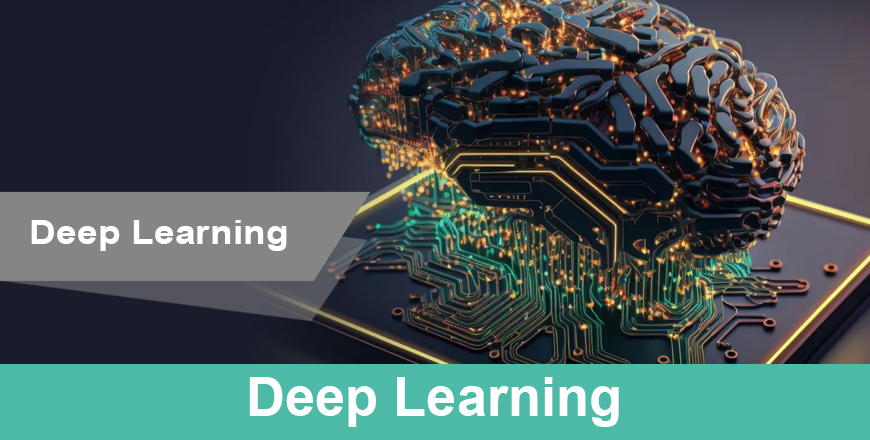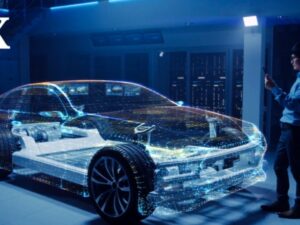Deep Learning
- Description
- Reviews

Introduction to Deep Learning course in data science
Deep learning is a type of machine learning that uses artificial neural networks to learn from data. Artificial neural networks are inspired by the human brain, and they can be used to solve a wide variety of problems, including image recognition, natural language processing, and speech recognition.
Course Objectives: By the end of this course, you will:
- Can learn complex relationships between features in data: This makes them more powerful than traditional machine learning methods.
- Large dataset training: This makes them very scalable, and able to learn from a wider range of experiences, making more accurate predictions
- .Data-driven learning: DL models can learn in a data-driven way, requiring less human intervention to train them, increasing efficiency and scalability. These models learn from data that is constantly being generated, such as data from sensors or social media.
Target Audience: This course is designed for data scientists, machine learning practitioners, students, and professionals interested in gaining expertise in AI & ML.
Prerequisites:
- Basic understanding of Python programming
- Familiarity with linear algebra and calculus
- Some exposure to machine learning concepts
Course Outline:
Introduction to Deep Learning
- What is Deep Learning?
- Applications in Data Science
- Overview of the Deep Learning Pipeline
ML VS DL
- key points of ML and DL
Forward and backward propagation
Module 4: Image Classification
- Introduction to Machine Learning for Image Classification
- Transfer Learning with Pre-trained Models
- Evaluation Metrics for Classification
Module 5: Object Detection
- Overview of Object Detection Techniques (YOLO, SSD, Faster R-CNN)
- Implementing Object Detection Models
- Real-time Object Detection Applications
Module 6: Image Segmentation
- Different Types of Segmentation: Semantic and Instance Segmentation
- Deep Learning for Segmentation: U-Net and Mask R-CNN
- Use Cases in Medical Imaging and Autonomous Driving
Module 7: Advanced Topics in Computer Vision
- Generative Adversarial Networks (GANs) for Image Generation
- Video Processing and Motion Analysis
- Understanding and Building Image Captioning Models
Module 8: Real-World Projects
- Hands-on Projects: Choose from Healthcare, Automotive, and More
- Integration of Computer Vision with Data Science Workflows
- Presenting and Evaluating Your Work
Resources:
- Textbooks:
- “Deep Learning for Computer Vision” by Rajalingappaa Shanmugamani
- “Learning OpenCV” by Gary Bradski and Adrian Kaehler
- Online Platforms:
- GitHub repositories for code examples and datasets
- Access to online forums and discussion groups for peer support
Assessments:
- Quizzes at the end of each module
- Hands-on coding assignments and projects
- Final project presentation
Conclusion:
This course serves as a comprehensive introduction to the exciting field of computer vision within data science. Join us to develop the skills needed to create intelligent systems that understand the visual world. Whether you’re aiming to enhance your career in data science or explore new technologies, this course will provide you with the foundational knowledge and practical experience to succeed in the field.







